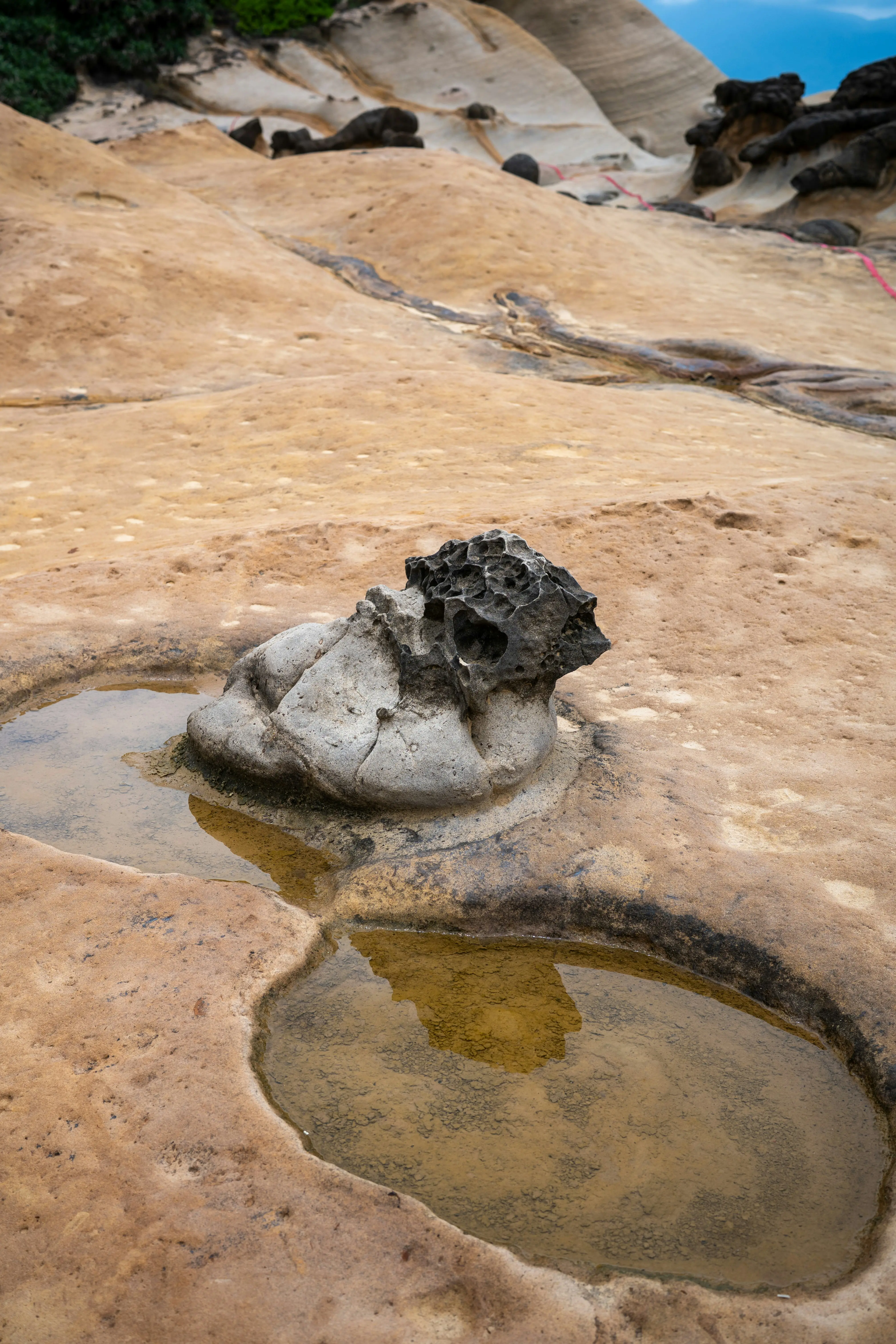Ancient Sea Monster Hunted Like an Owl, Fossil Study Finds

In the murky depths of the Early Jurassic seas, a massive marine reptile may have hunted with the same ghostly silence as an owl. That’s the striking conclusion from a new fossil study, which suggests this apex predator relied on stealth to stalk prey in the ocean’s darkest corners.
Researchers from the University of Manchester examined a newly discovered skull of a Temnodontosaurus, a type of ichthyosaur, and found surprisingly small eye sockets for such a large marine animal. This contradicts the typical assumption that these reptiles, some stretching over 10 meters long, relied on sharp vision to spot prey.
Instead, the scientists argue, this giant predator likely used low-light stealth strategies, gliding quietly through the water and relying less on vision than previously thought. Its streamlined skull and reduced eye size hint at a “deep-sea ambusher”, able to operate in twilight zones where light barely penetrates.
“The anatomy tells a fascinating story,” says Dr. Dean Lomax, lead palaeontologist on the study. “This ichthyosaur may have been more like an oceanic owl, hunting in silence, using the cover of darkness to surprise its prey.”
The team also noted narrow jaws and sharp, slender teeth, suited to snatching smaller, agile prey, consistent with a stealth-based hunting style rather than brute force. These adaptations would have made the creature a formidable predator, especially in deeper waters where few other animals could compete.
What’s more, this fossil adds to a growing body of evidence that marine reptiles evolved a variety of feeding and sensory strategies, much like land-dwelling animals today. From speed-focused hunters to deep-diving ambushers, their ecological roles were as diverse as modern-day cetaceans.
By piecing together clues from bone structure, scientists are reconstructing not just what these creatures looked like, but how they lived, hunted, and ruled their ancient oceans.
The study, published in PLOS ONE, paints a vivid picture of prehistoric life beneath the waves, and reminds us that evolution often finds similar solutions, whether on land or in the sea.